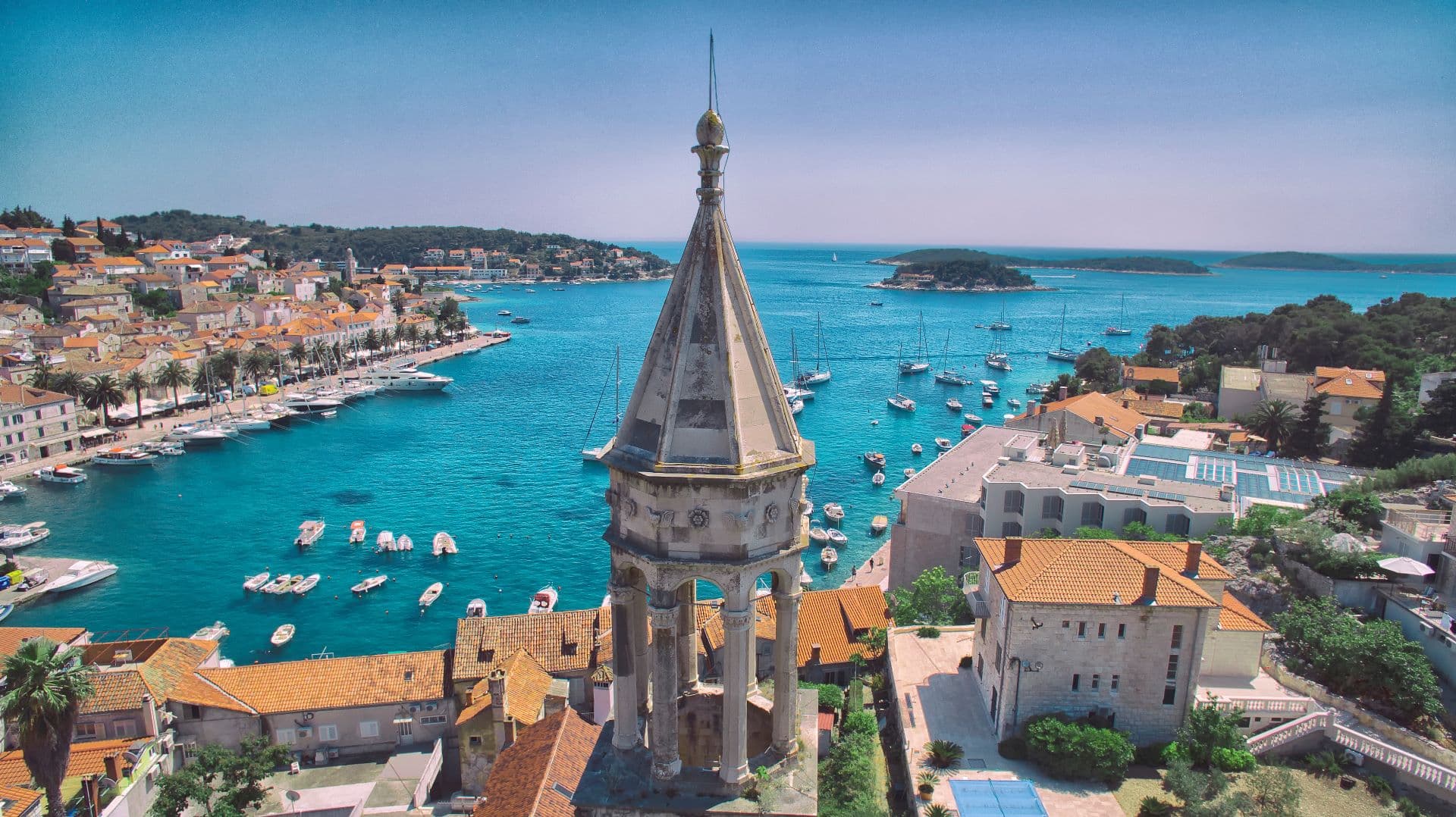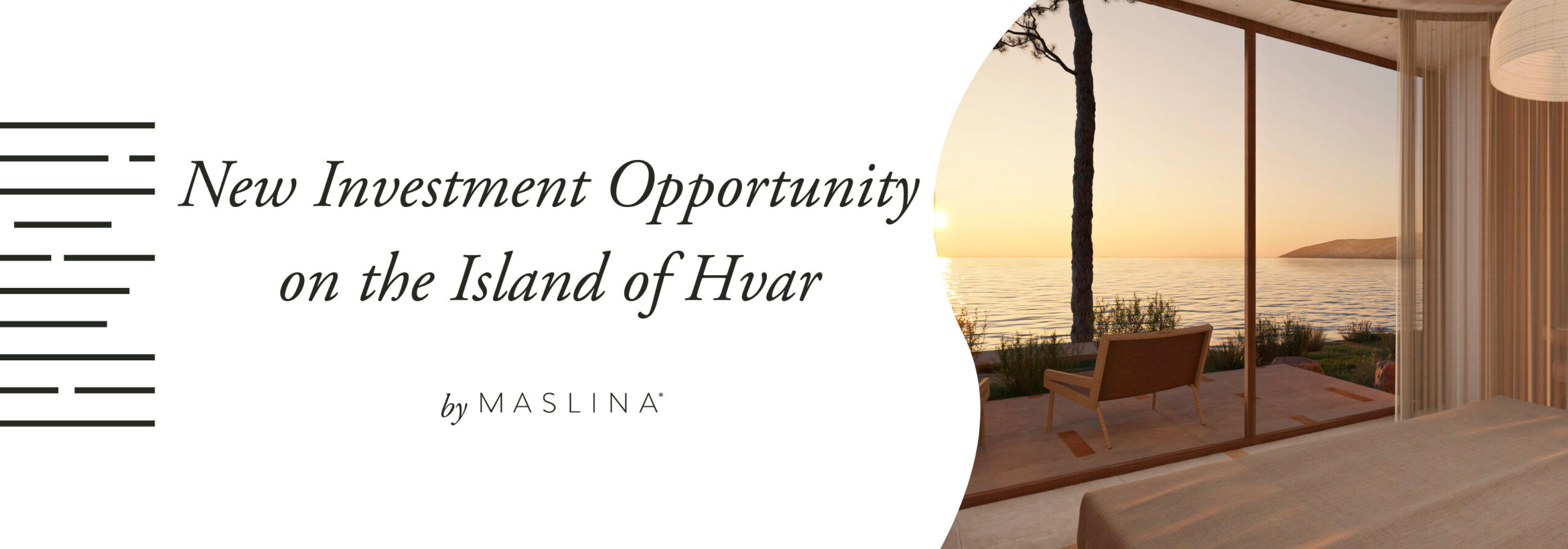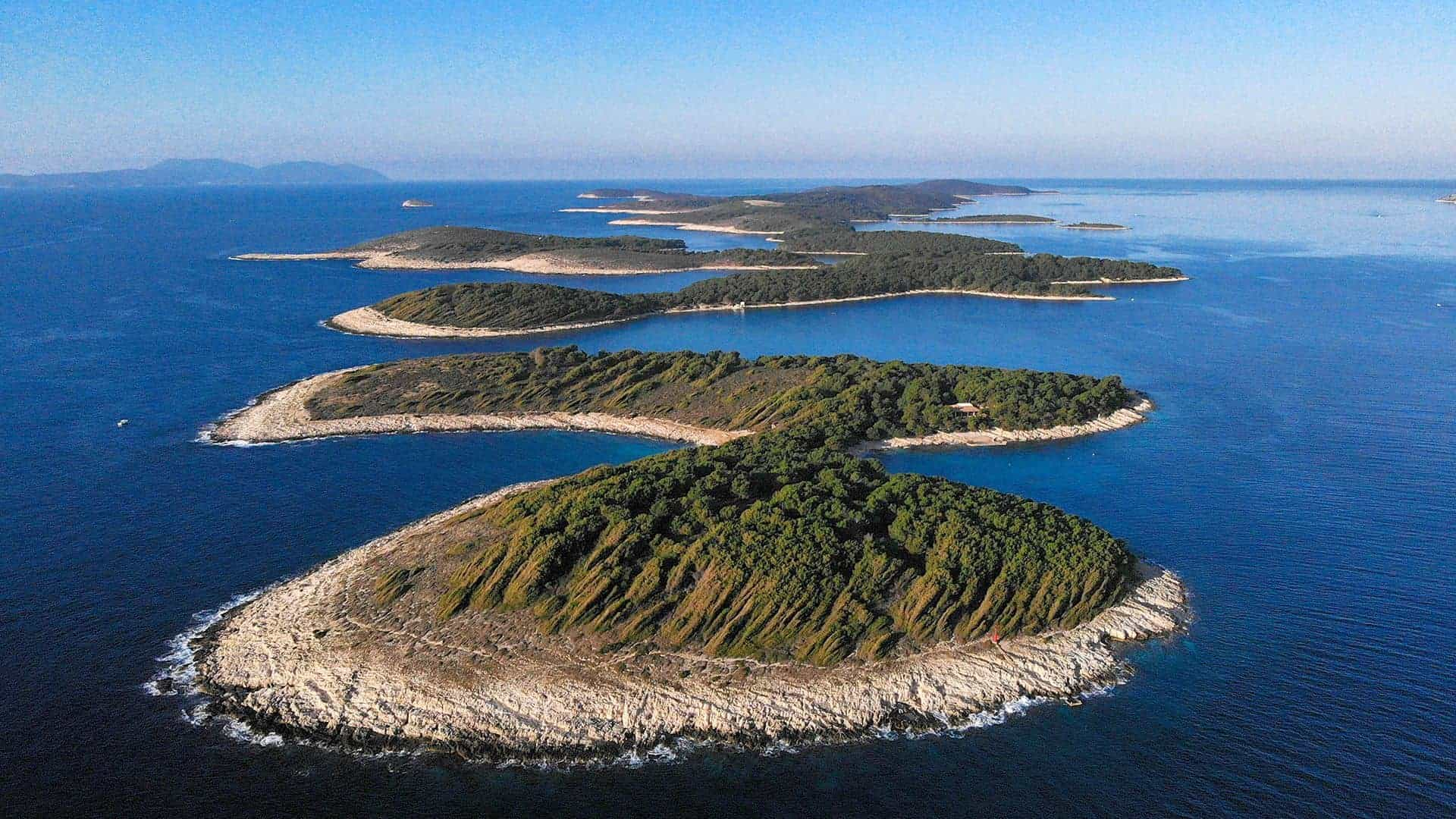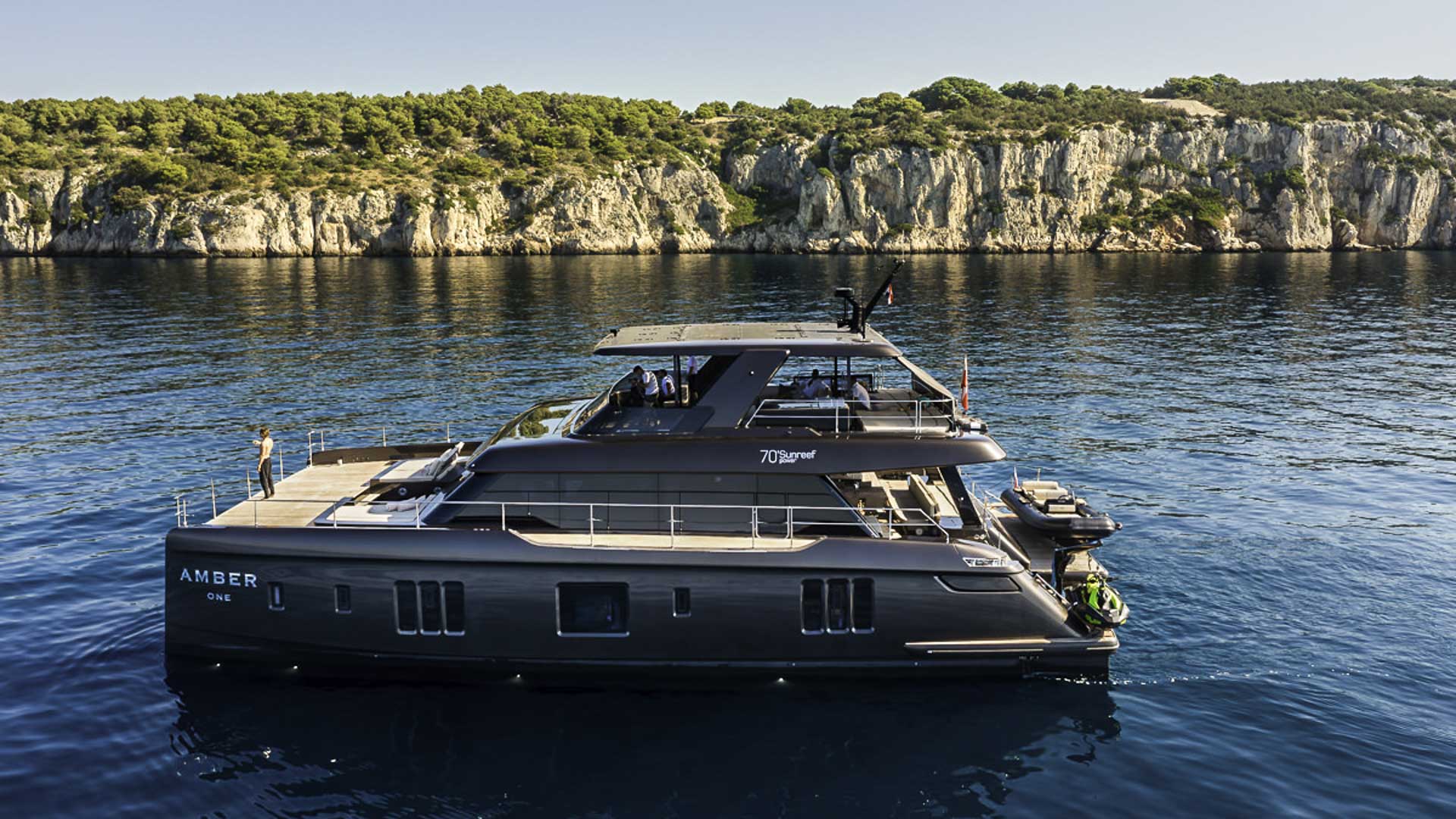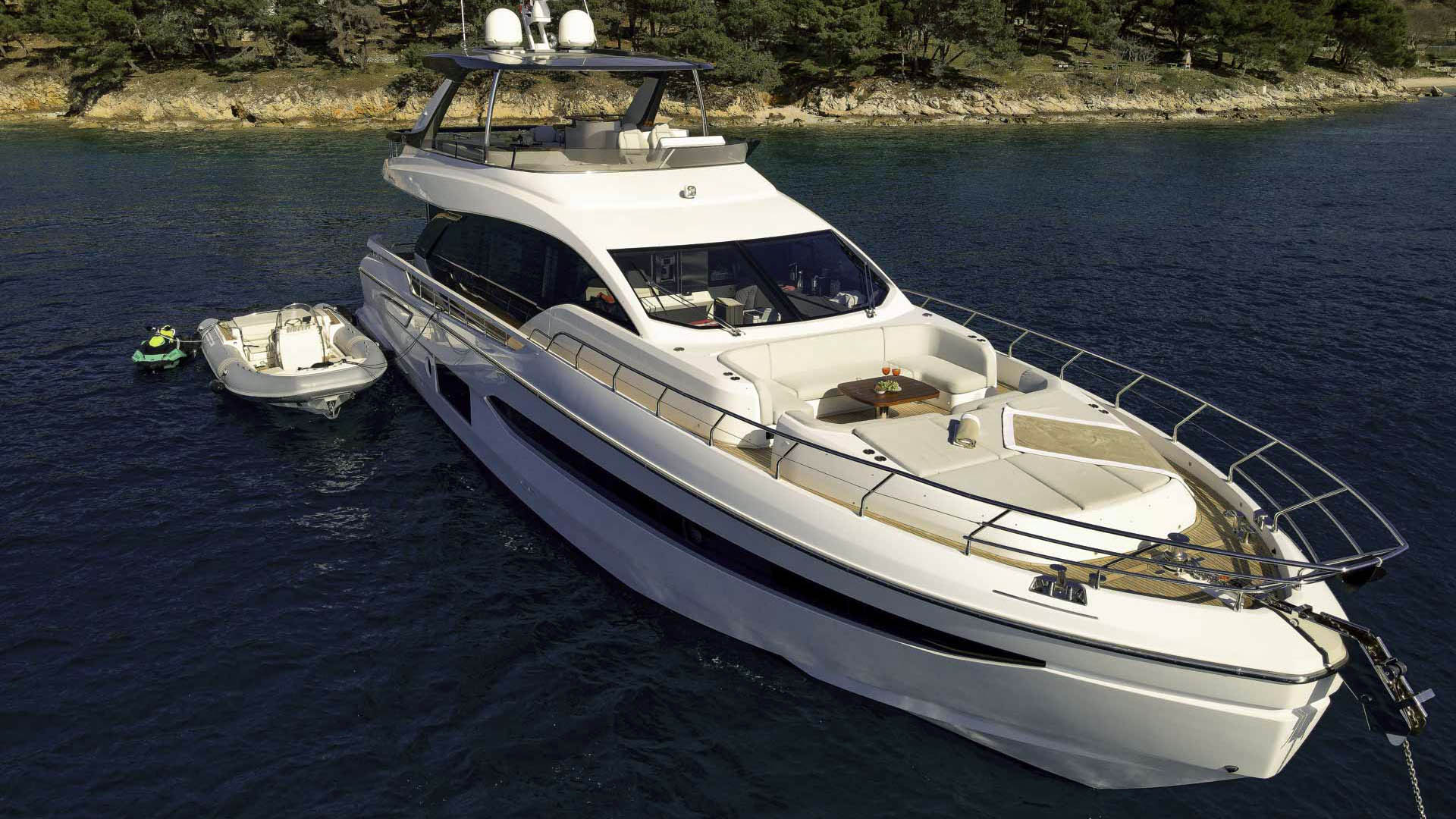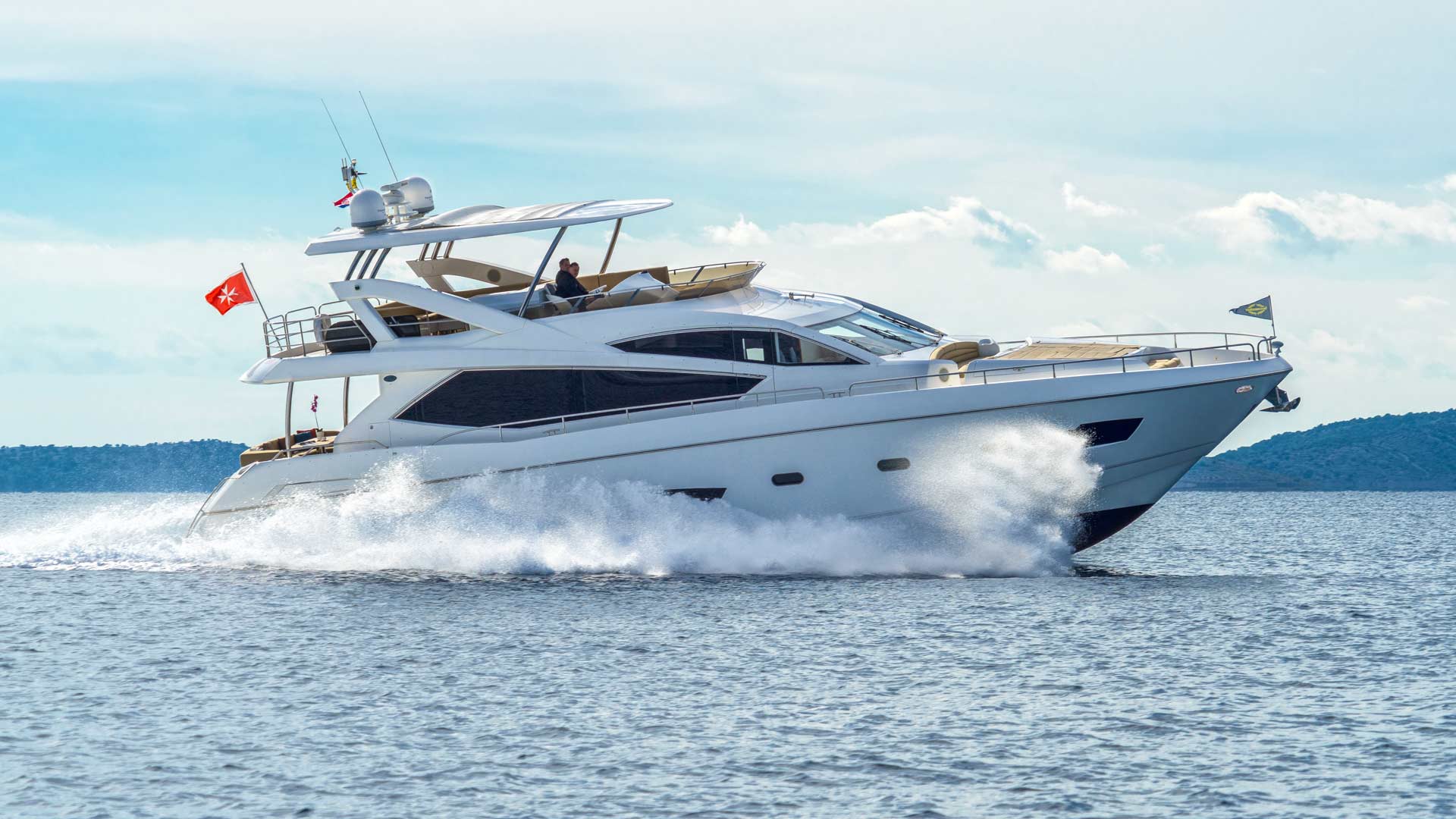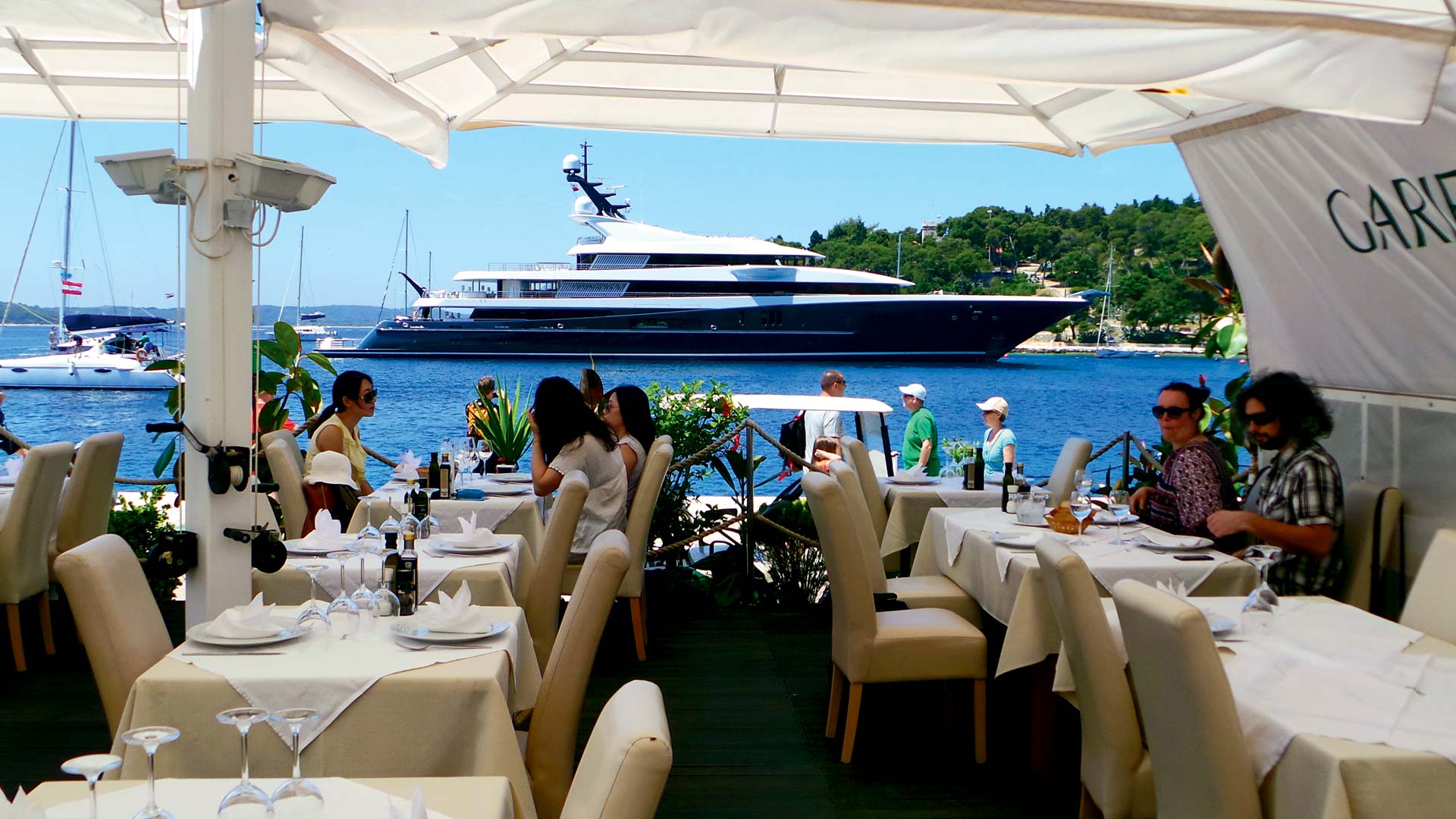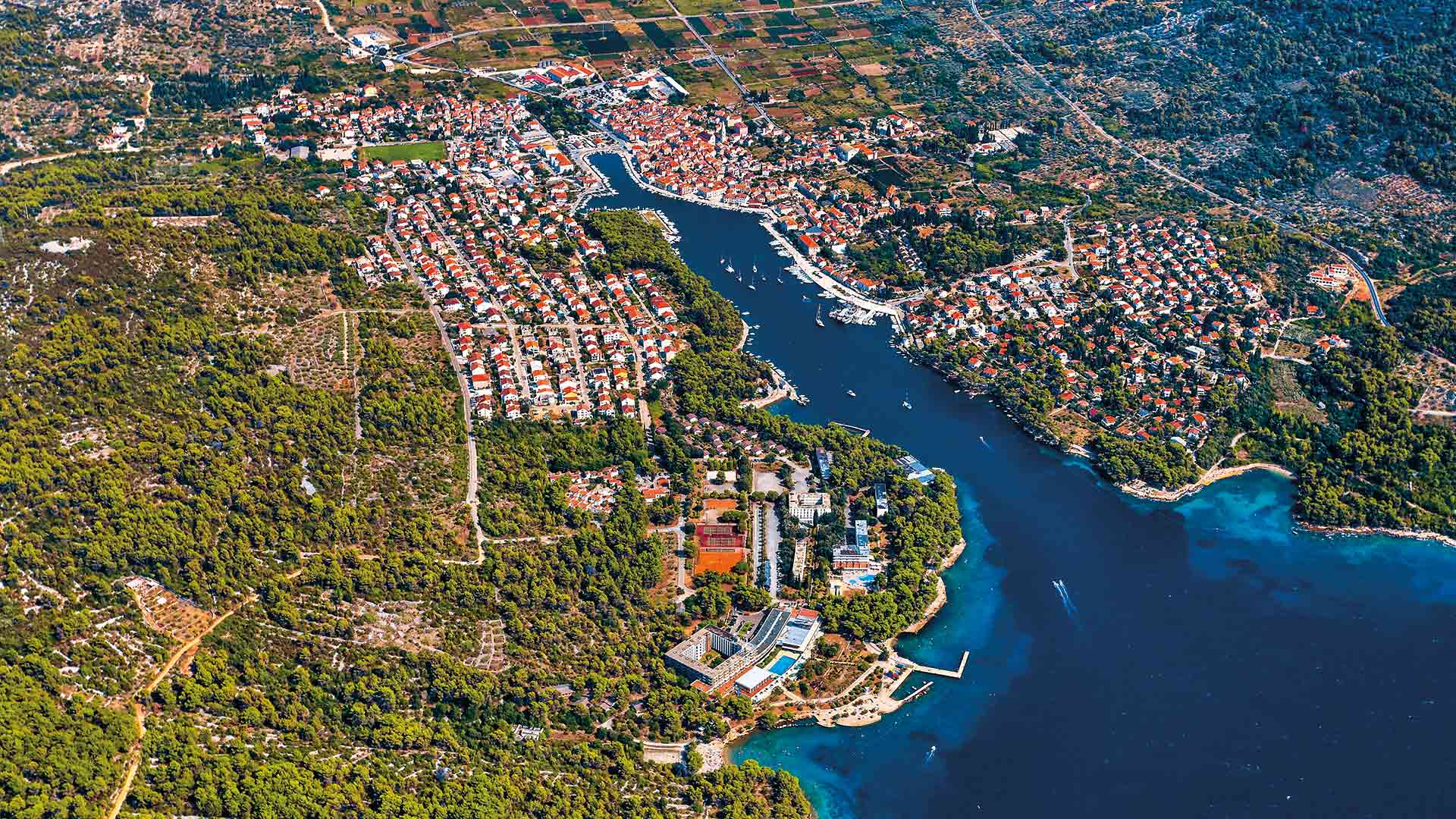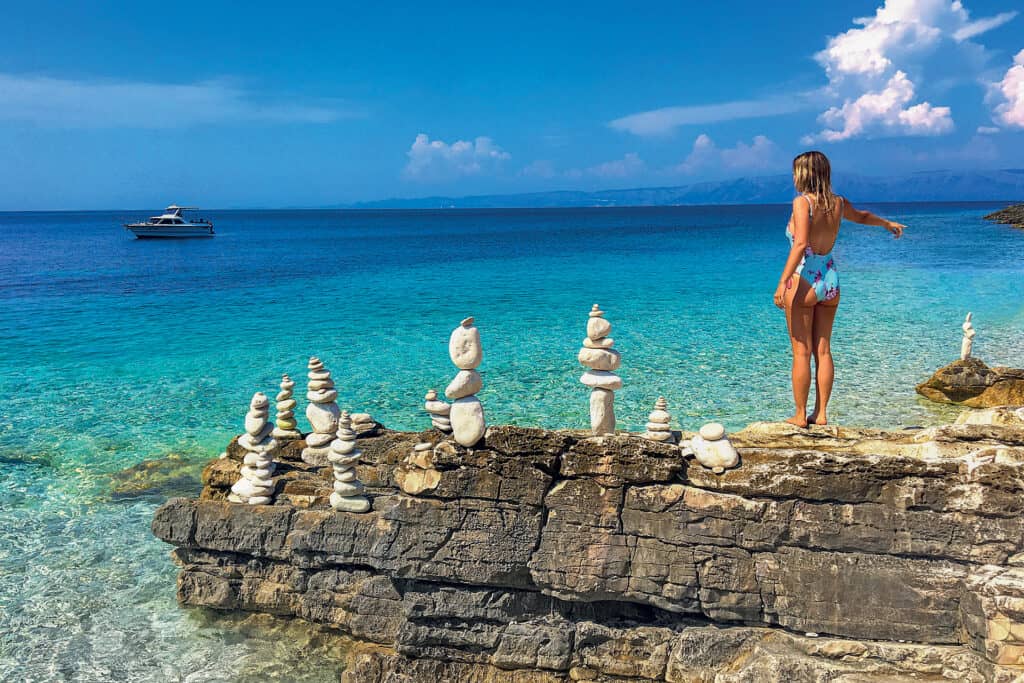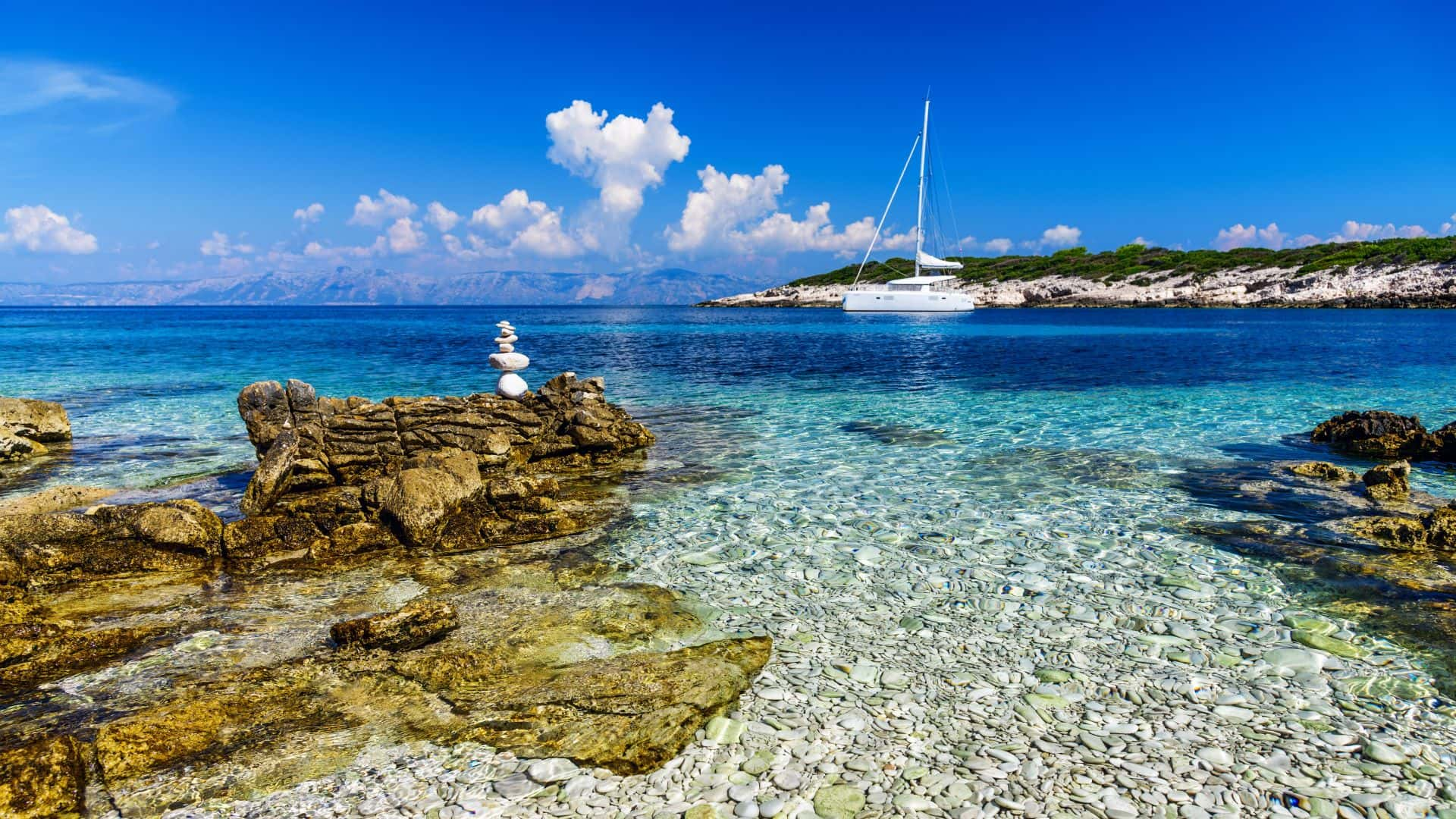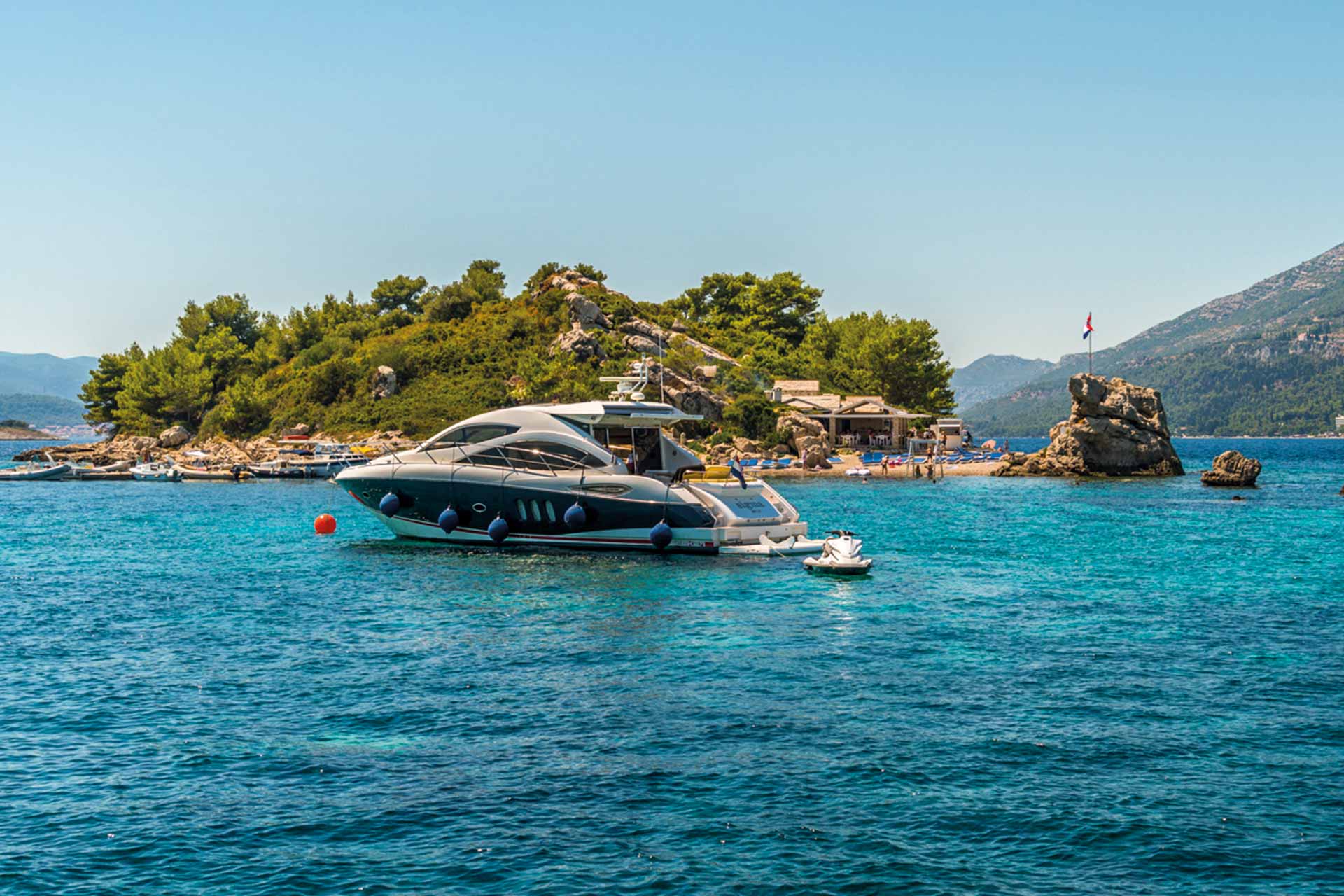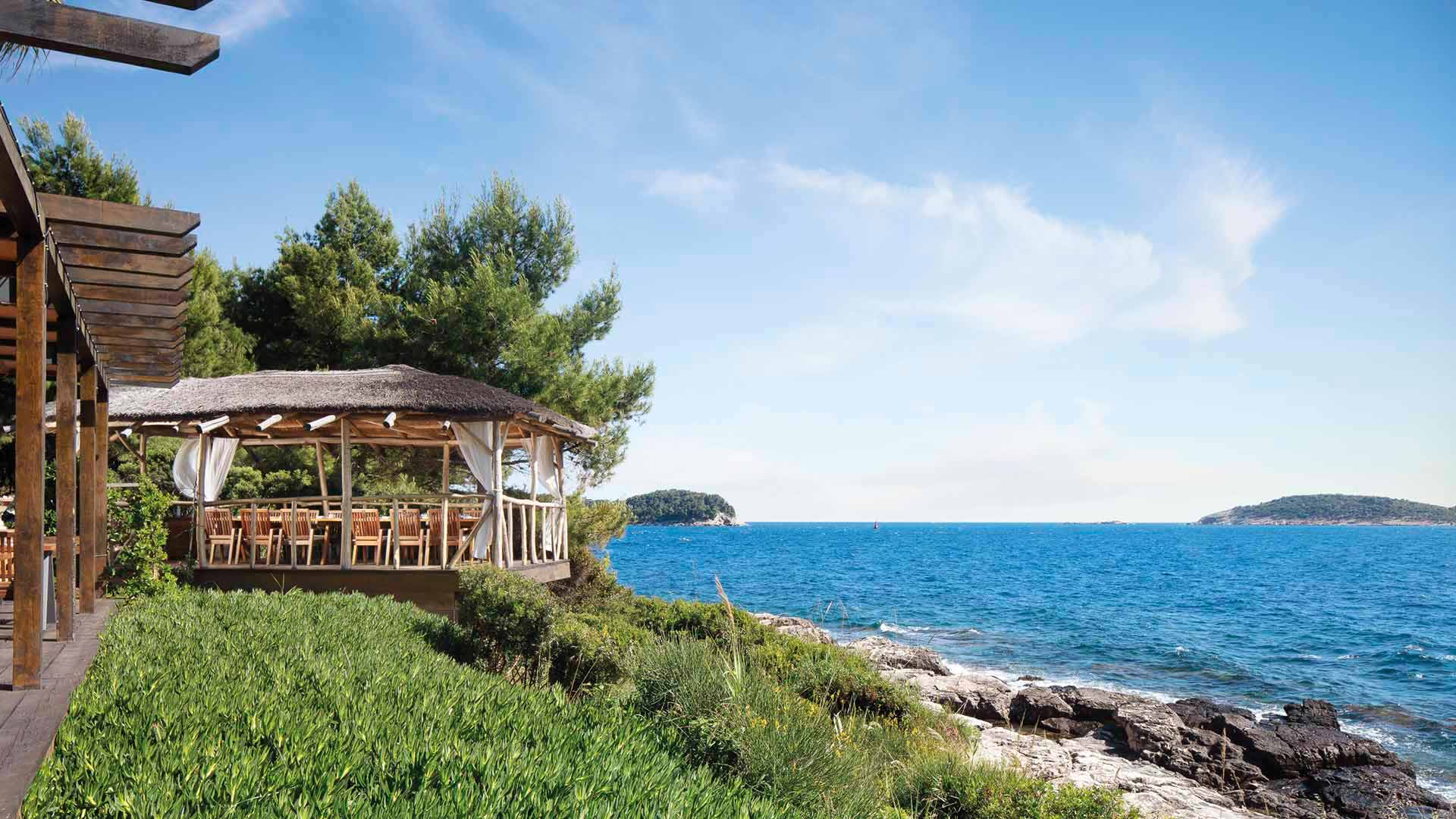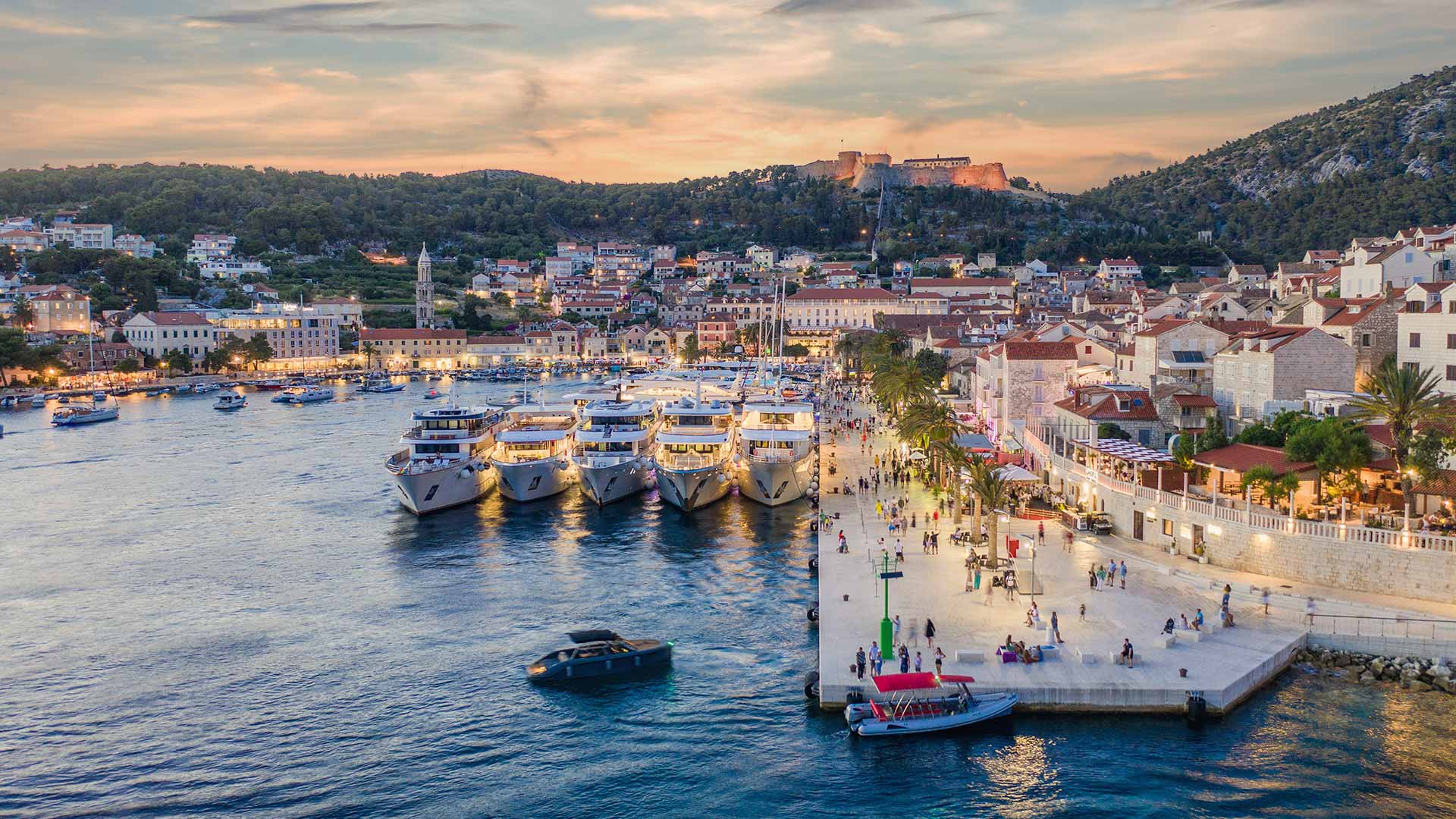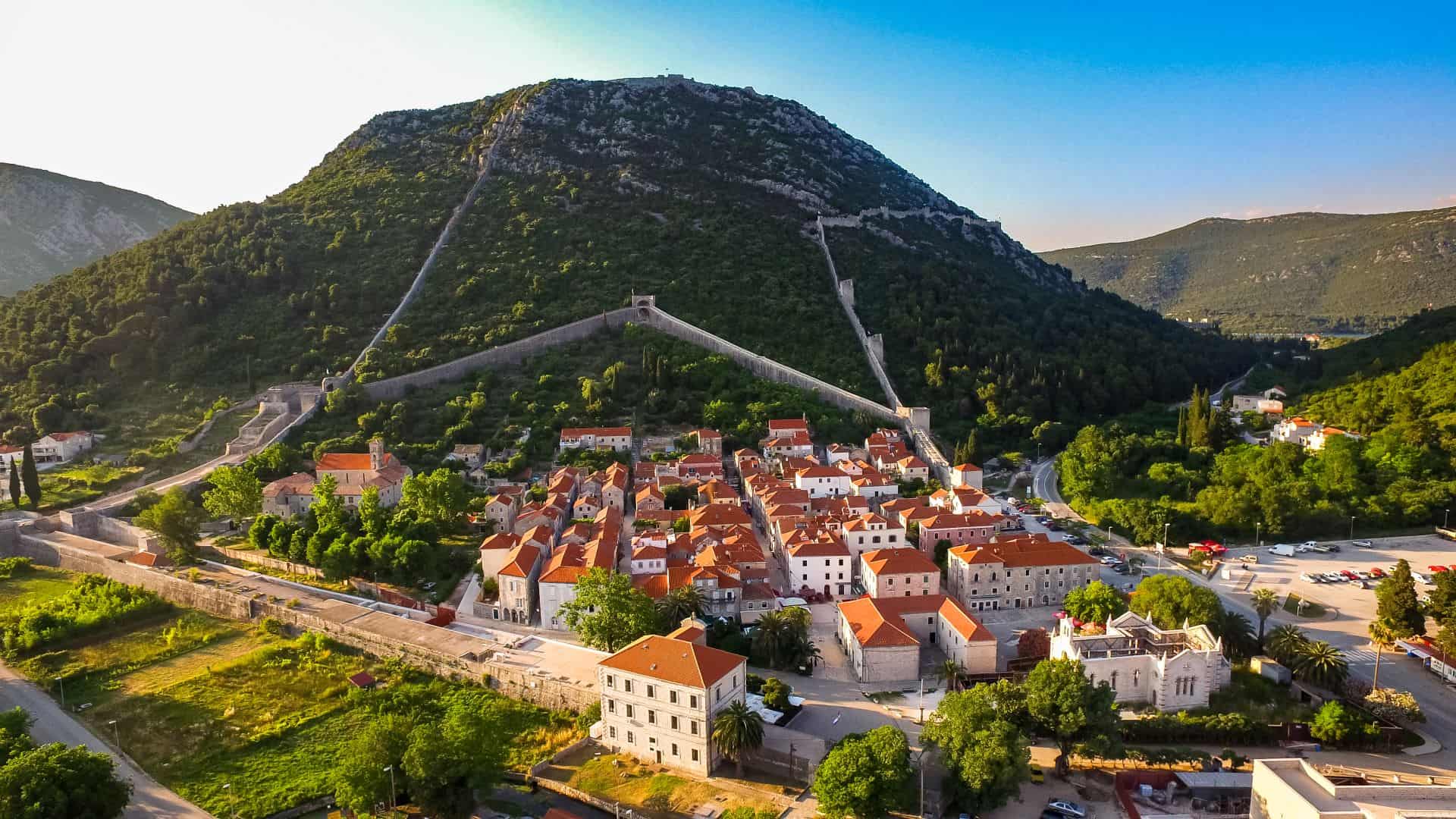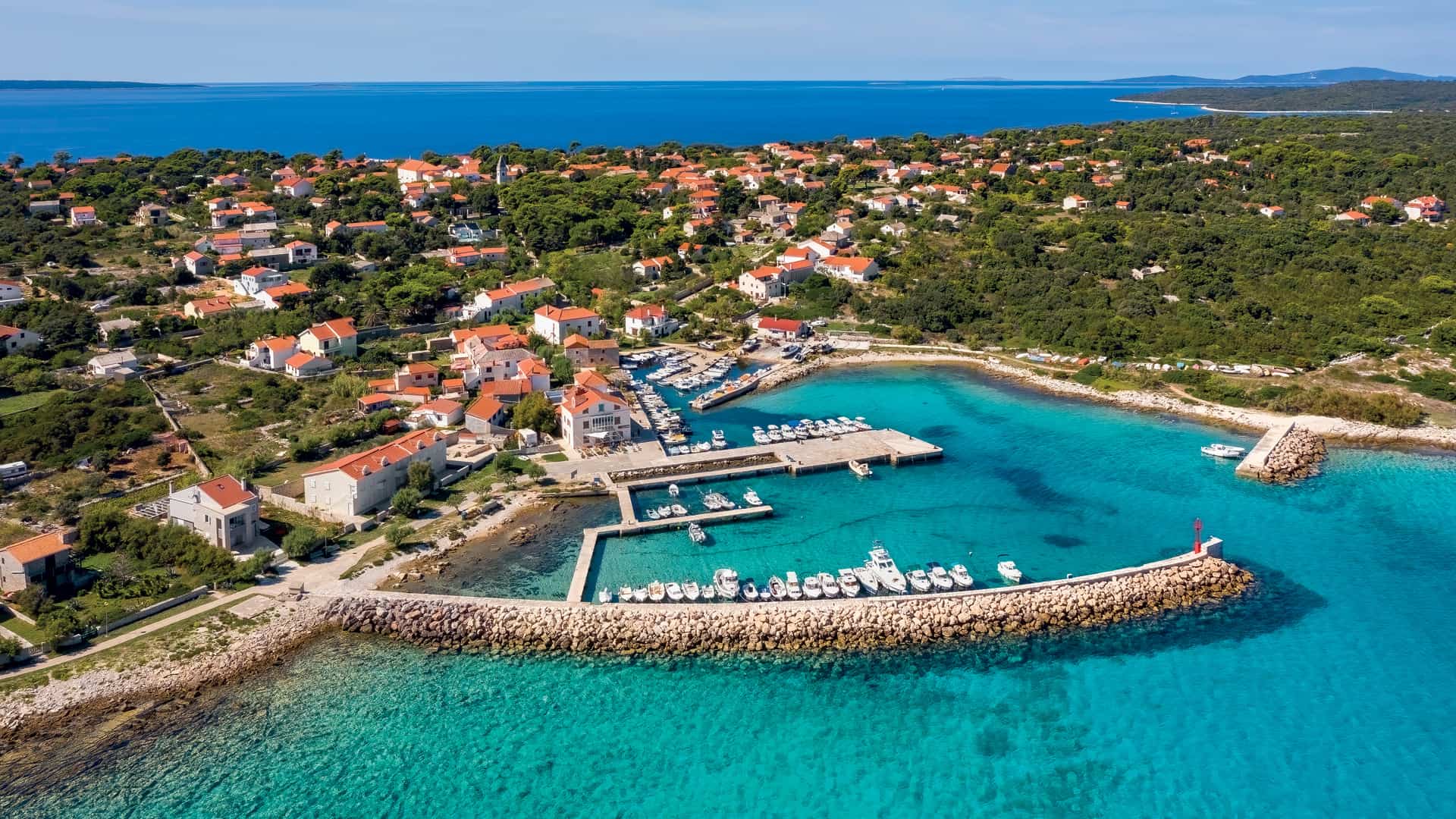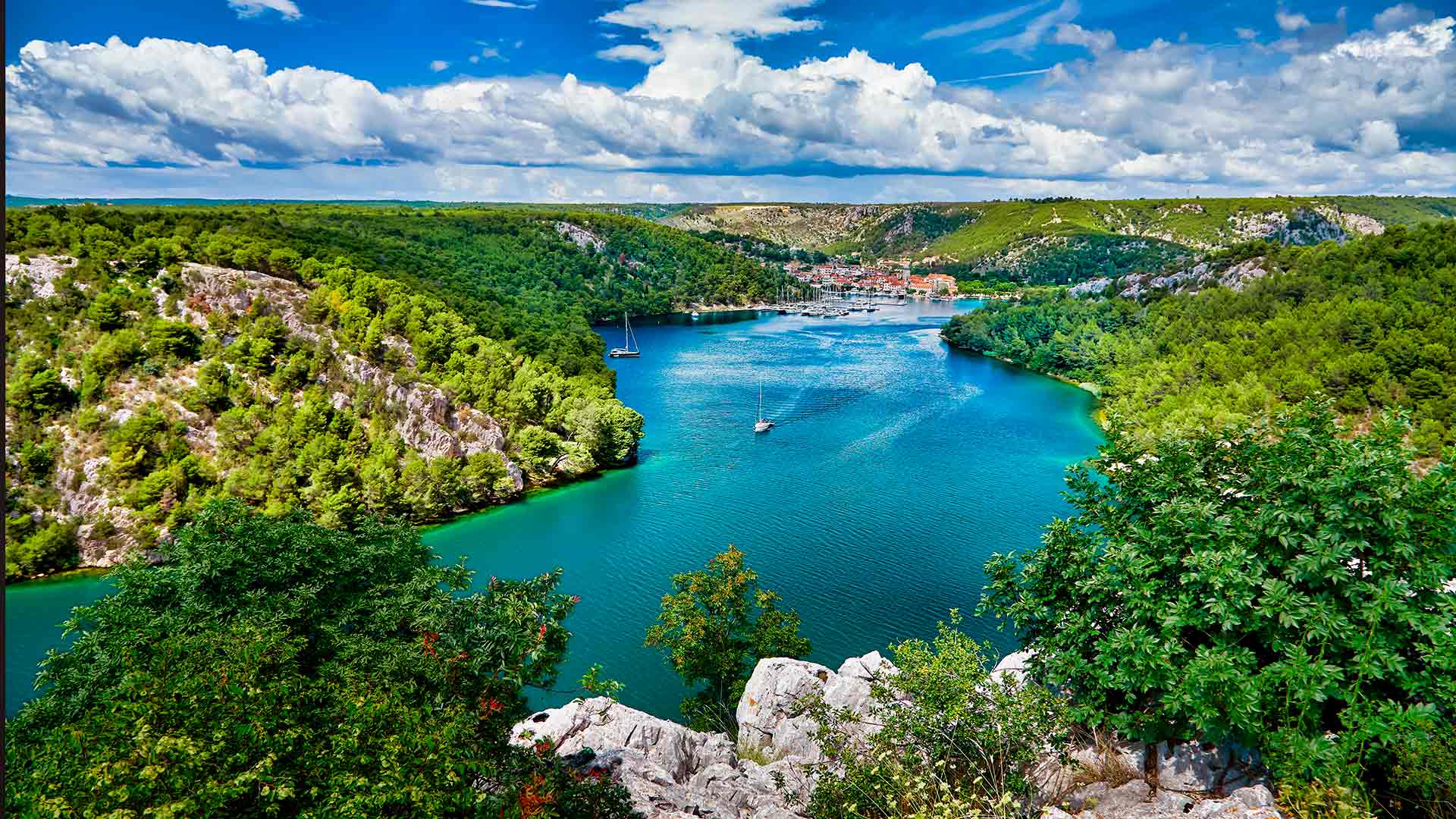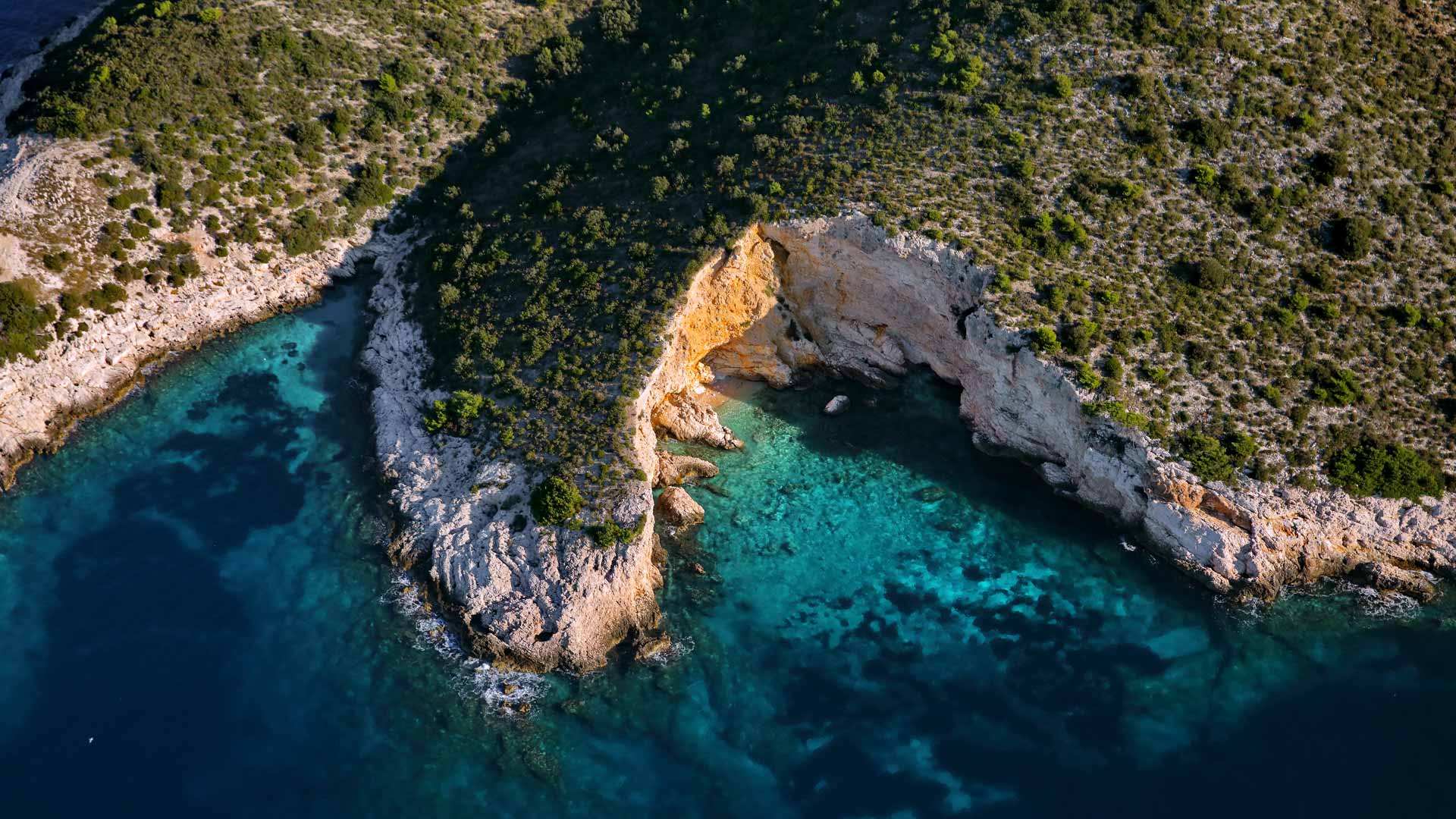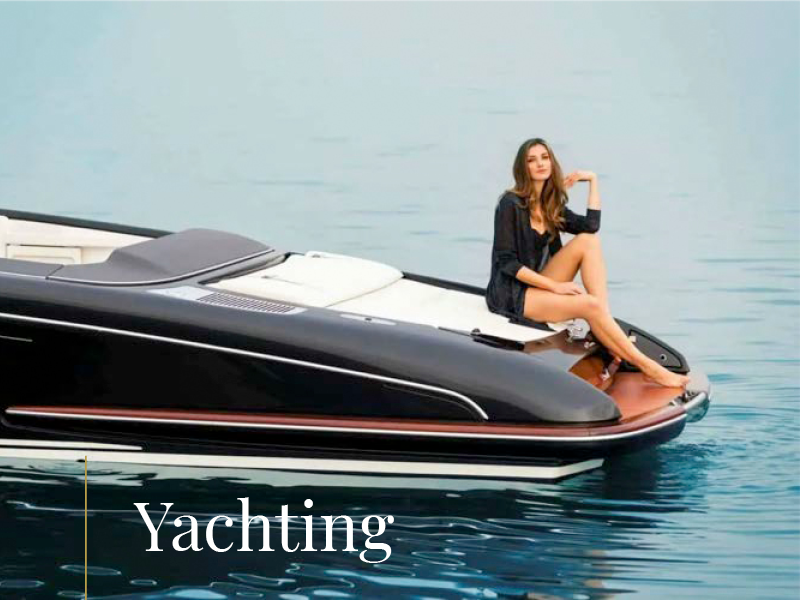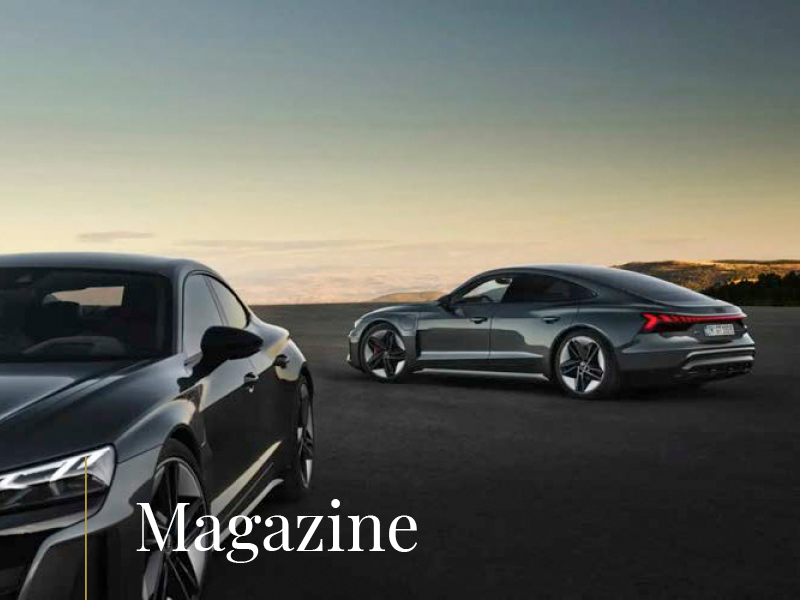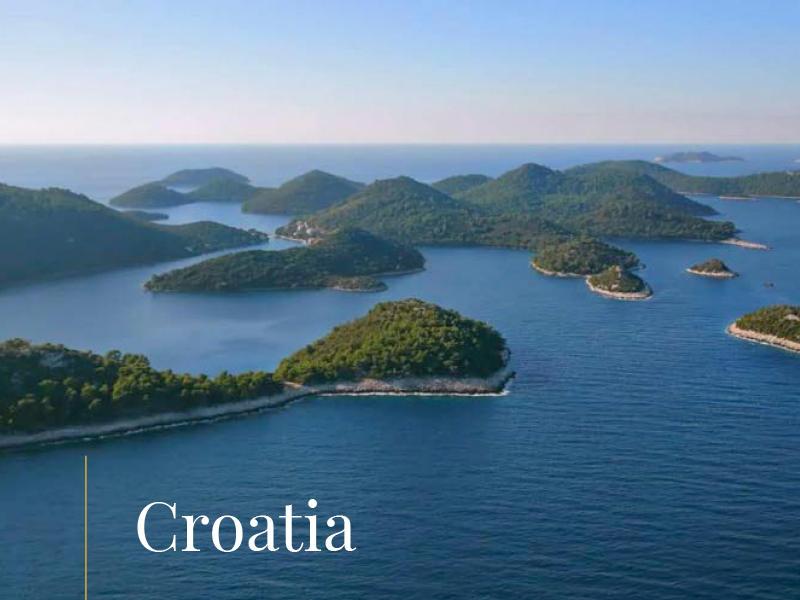In the town of Hvar, the tourist season hits the locals’ lifestyle hard, so, in case you haven’t visited Hvar yet but have heard many stories, forget the summer season and enjoy the piazzas, narrow stone alleyways, local corners, even the beaches – in Spring, the perfect time to really get a feel of Hvar. Sailing in the direction of Hvar in April or May will show you the picturesque scenarios you see on vintage postcards.
And now, we have just revealed a secret to you – in Springtime, Hvar is a magical place. This period bears special days for the locals as well – an open window to relish the town spirit. So, you can meet friendly, chatty, calm and open-minded people, as they usually are, except when it’s season time!
Many forget that island of Hvar had its world premiere in tourism 150 years ago as a health resort for the rich and famous of those times. It was not only due to the blissful Mediterranean climate but also to the unique fusion of the perfect south orientation, lush nature, unique scenery, and the ancient Hvar port which always provided a safe-haven for seafarers. Fast forward to the 21st century – after last year’s grand anniversary of tourism, Hvar stands before new historical milestones.
The term luxury means something else today, instead of picking glitz&glamour hang-out destinations as it used to be, enjoying luxury actually means finding a beautiful location, at the right timing, in good company – whether it be a peaceful oasis by the sea or off-the-beaten-path destinations where you can get in touch with the genius loci (the spirit of the place).
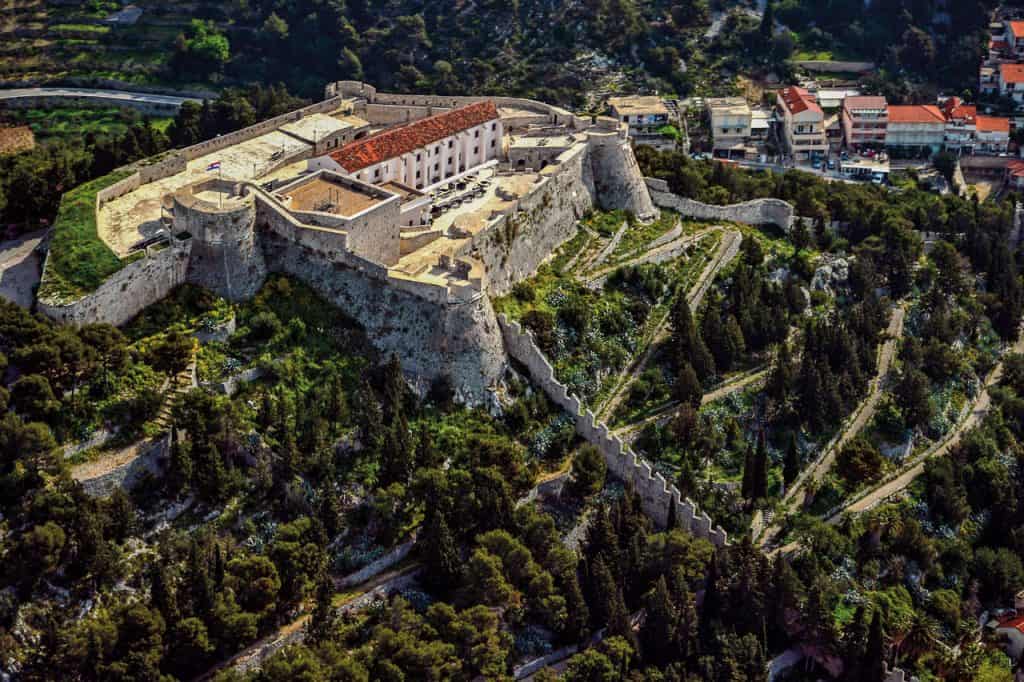
Take this as an invitation, not discouragement; for example, primarily this period provides mooring spots on the extended riva plateau, which in the summer months is overrun with party-oriented crowds. Many restaurants and shops might still be closed, yet those who are open, offer a friendly, relaxed and authentic Mediterranean ambiance.
As you stroll down the picturesque streets, your shoulders will relax as tension releases, and, as you inhale, you will be drawn to the incredible aroma of homemade food escaping from local windows. Most of the tradesmen you encounter in front of their shops will happily give you their time, yearning for conversation after long, lonely winters.
Visiting rare and authentic galleries in the heart of Hvar town, like the Hvaroom on the Hvar Pjaca (piazza) or the Šoša Gallery, offer insight of what the artists created during the winter months and a chance to really appreciate the art. Engage in light conversation with locals or simply enjoy the tone and vibe of the chitchat at the local bar or even better, it might sound like a cliché, in a tavern.
Hvar cherishes a few genuine traditional taverns; hidden schmooze-nooks which always provide valuable information like the reliable weather forecast or fish of the day at the local market or as the locals say – fish caught at the ‘Wallet Cape’.
Usually, one of the most prominent local fishermen displays sea bream in the fish market and you can win one by playing the traditional raffle, definitely worth trying your luck. If you get lucky with the sea bream, why not drop anchor in one of the exclusively-preseason-virgin bays and throw a gastro-feast. This is the sort of luxury that money can’t buy.
If you are striving for deep peace, especially if you are on a sailing boat, use the breeze in the channel between Hvar and the island just across, i.e. ACI marina Palmižana on the St. Clement islet on the Pakleni Islands, and immerse your soul in a day of pure sailing. A safe berth in the marina and a walk along the St. Clement islet enchanted with protected flora and fauna, breathes a meditative spirit into your mind and body.
After a decade of seasonal parties, the current local authorities aspire to welcome new or old guests who choose town of Hvar for the Mediterranean magic it can provide.
When you’re hooked onto a good memory, distance means nothing: the power of a recovered memory of your old home will bring you straight back to the backyard of the days gone by. Old homes, forgotten and neglected victims of irresponsibility, are as many in Croatia as are rare intentions to restore them to life. Old, traditionally built houses attract many foreign visitors to Croatia, but that part of our cultural heritage is still ignored by the powers that be.
As the years pass, the infrastructure decays and these houses and villages are getting farther and farther from the eye of the modern society. What makes them special, though, is the lifestyle they promise. Tranquillity and freshness of nature, as well as the splendid isolation make the old houses of the island of Hvar especially attractive to foreign guests.
Dalmatians have always been defined by their past, cherished it and preserved it, all the while question their very right to live in that beautiful place. There are as many as six thousand dilapidated, abandoned villages, all with sleeping potential to be someone’s dream come true; the dream of freedom.
This yearning for nomadic carefree living is a direct consequence of too many years spent under the yoke of modern society – it is no longer only the very rich elite to long for their little peaceful corner of paradise, no longer the ultimate goal of the smart and educated top layers of society: it’s becoming a dream of the masses.
The middle class is on the prowl for the picturesque: places like Humac, Velo and Malo Grablje, Zaraće, Brusje lure with their promise of a life soothing the body and the soul. Now more than ever before we are ready to throw whatever we thought defined us and rush into the thrill of unpredictable future.
The isle of Hvar feels more deserted than anything else, like a place struck by disaster and abandoned in a hurry – there are only things left behind, no new objects to sully the landscape. This virgin island is a place of self-reinvention, a place that teaches how to give with ease. To bring it back to life we must think things through, search inside ourselves for enthusiasm and goodwill, make only conscious moves.
Peaceful island living in its essence in public interest when viewed as inspiration to turn all corners of the country into developed, stable areas, and it is therefore crucial the state support these ‘reanimation’ projects, especially when it comes to application of strict laws concerning traditional architecture restoration, seeing how many developers bend ecology-oriented rules much too easily.
Maybe we should make them lay beck and look at the starlit sky, listen to the old stone houses tell their history – that is an experience money cannot buy.
Text Filip Bubalo
Photos Ivo Pervan & Damil Kalogjera
